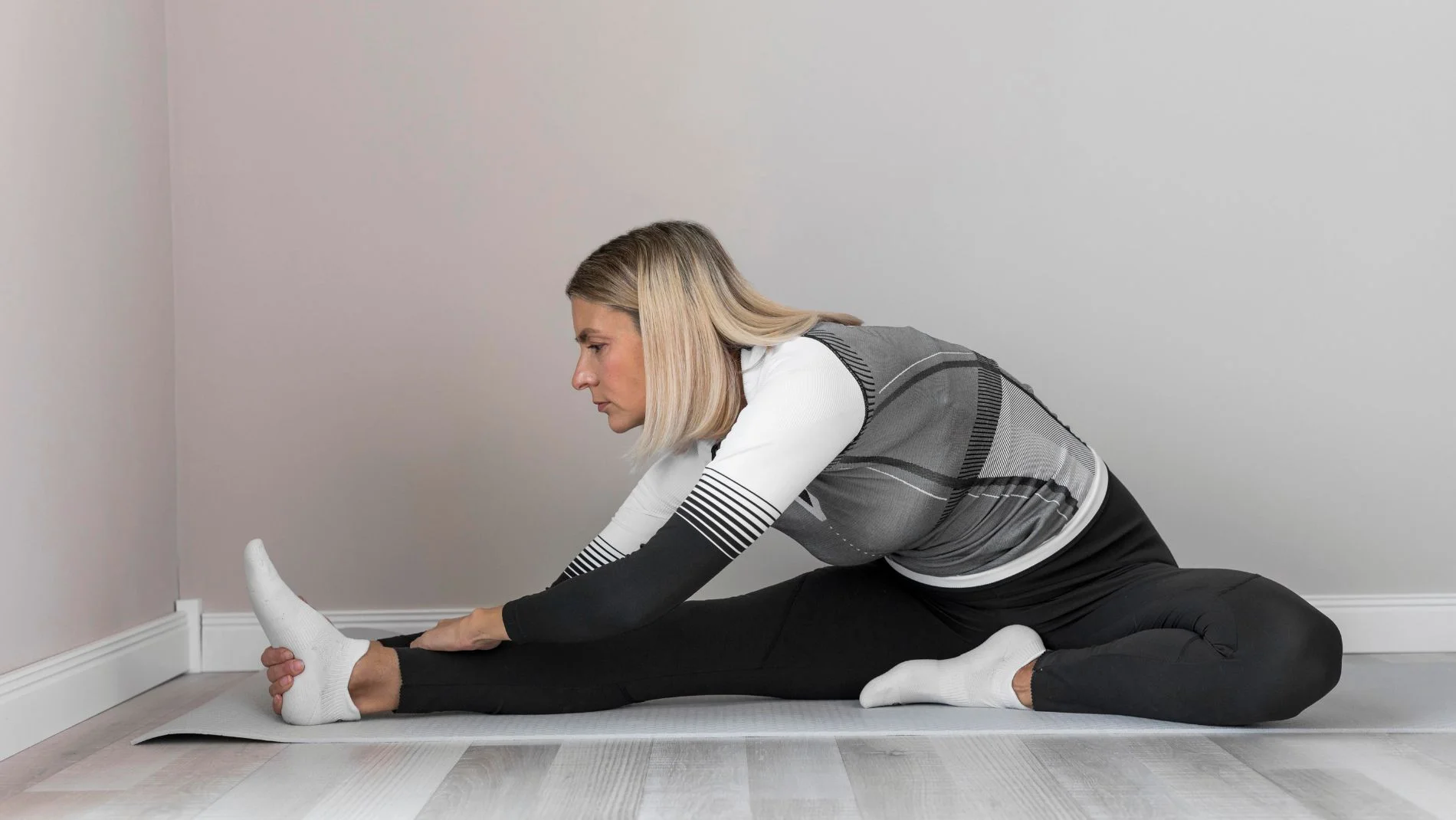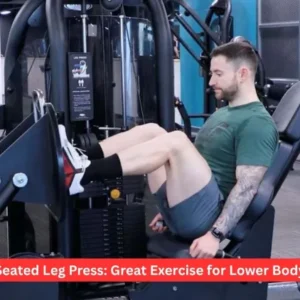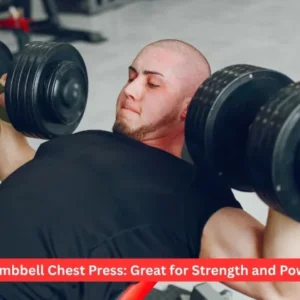The gracilis stretch is considered one of the most applicable stretches one can use in relieving tightness of the inner thighs and groin area. The gracilis is a thin, strap-like muscle that stretches from the pubic bone to the tibia, moving both the hip and the knee joints. It is substantial in size and essential to the leg movement, stability, and normal functioning of life.
A strained muscle, tight muscle, or overused muscle in the groin area may cause pain, stiffness, and/or problems in walking or running. Regular stretches of the gracilis will create more range of motion and performance, reducing the risk of injuries. This paper will discuss the significance of gracilis stretching, the various methods, the predisposing issues related to this muscle, and how this muscle can be made functional and healthy at the same time.
Why Is Stretching the Gracilis Important?
The gracilis also performs hip adduction (bringing the legs together), knee flexion, and helps with hip rotation. Since it passes through two joints, it is subject to stiffness in athletes and persons with sedentary lifestyles.
- Improvements in the Gracilis stretching can be used to increase the range of motion of the hip joints and relieve hip joint pain in patients with hip osteoarthritis.
- Improves Stretching: By doing a standard gracilis stretch exercise, you are able to improve flexibility in the hips and inner thighs.
- Decreases Groin Tightness: Stretching will ease any tightness or groin discomfort due to sitting around all day or a workout.
- Aids in Athletic Performance: Stretching adductors is vital to soccer, hockey, martial arts, and running.
- Helps To Recover Injuries: Controllable stretching assists in healing the signs of gracilis syndrome (a painful groin disorder, which can happen in circumstances where the lower back cramps up).
- Corrects Posture and Movement: The adductors are relaxed and not tight like before, avoiding any imbalance on all parts of the body, namely the lower back, hips, and knees.
Overuse or tightness of this muscle can result in pain in the inner thighs, groin, inability to spread the legs, or pain when performing side lunges. In certain instances, trigger points develop in the gracilis that result in a sharp pain radiating down the inner thigh. With timely identification of these symptoms, a major contracture can be prevented.
Effective Gracilis Stretching Techniques
The following are the best methods to lengthen and release the gracilis muscle.
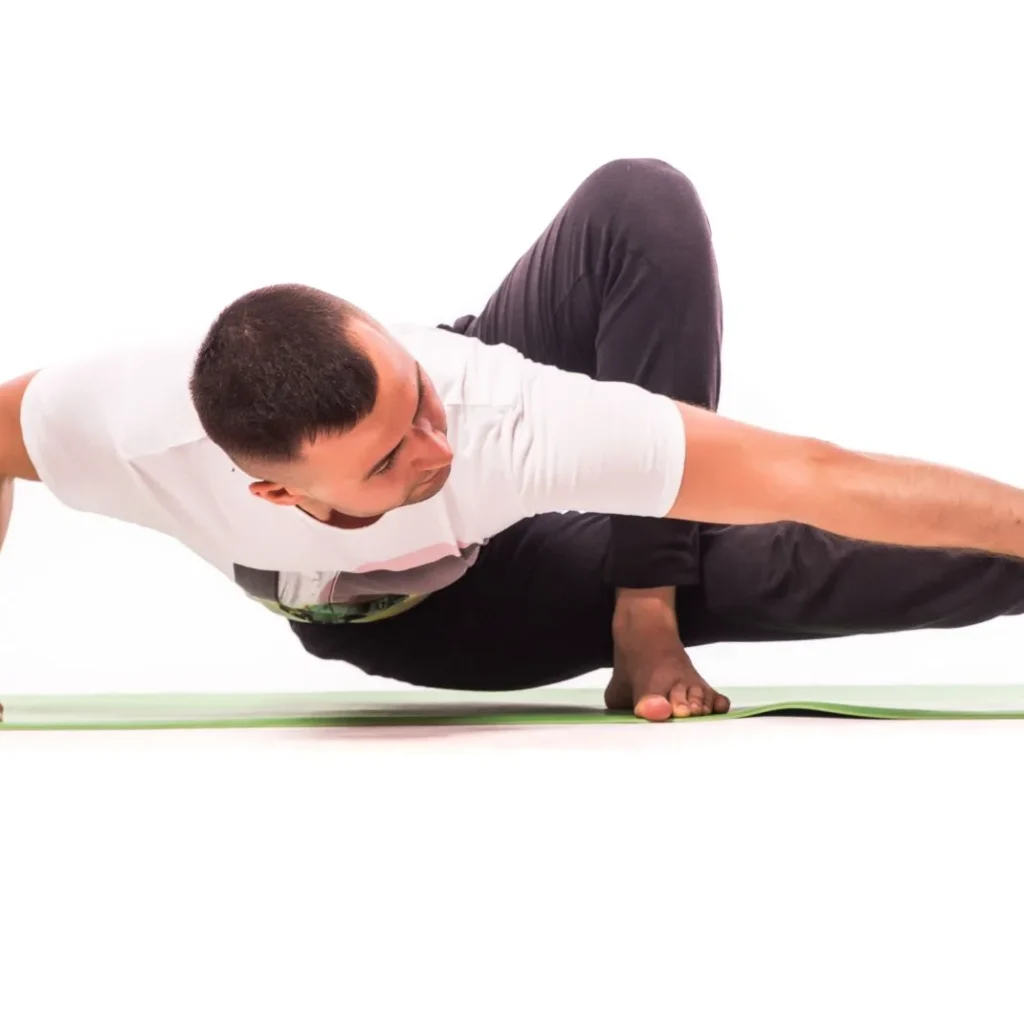
1. Signed Butterfly Stretch
Sit on the floor, with the bottoms of the feet toward the front.
Embrace your ankles and press your knees on the ground.
Let your back be up and breathe.
Advantages: Reduces the tightness of the gracilis and enhances hip external rotation.
2. Lunge Stretch Side
Take a wide standing position.
Bend one of the knees, leaving the other straight
Push your hips back a little until you feel a stretch in the inside of the straight leg thigh.
Advantages: It is perfectly possible to warm up the gracilis before sports so that there are no injuries.
3. Frog Stretch (Deep Hip Opener)
Put your knees as far apart as you can, then put yourself flat on the floor on your hands and knees.
Turn your feet out and stay flat-footed.
Slowly drive your hips away with your chest in an upright position
Value: Deeper hamstring release and gives an inner thigh stretch. When we loosen the inner thigh, this will benefit groin flexibility.
4. Seat Straddle Stretch
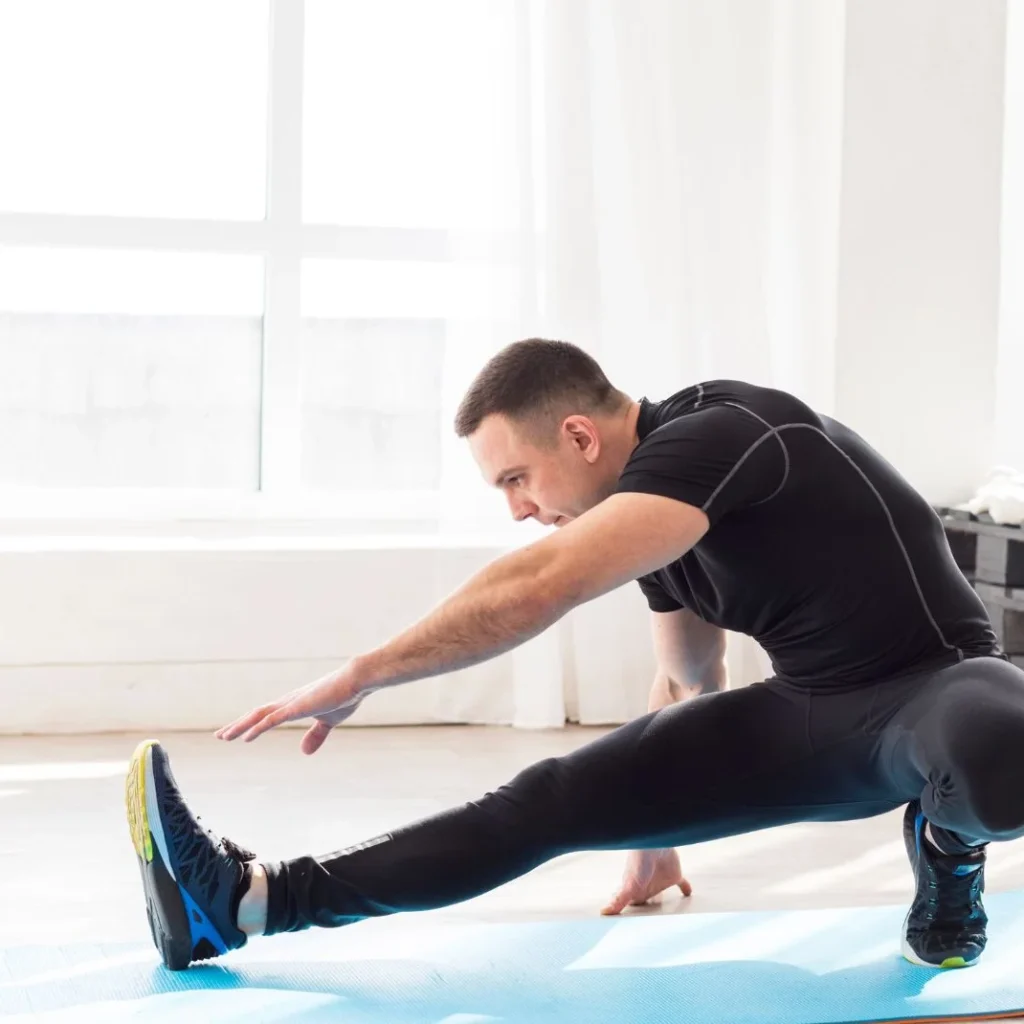
Sit so that the legs are crossed wide apart.
Lean forward with a straight back slowly.
Hold on as you maintain the pulsation of the legs
Advantages: Stretches the hamstrings and the gracilis, making the lower body as a whole more flexible.
5. Self-Massage and release
Roll with a foam roller or massage ball along the inside of the thigh
Apply gentle pressure to find the tight trigger points.
Pressure for 20-30 seconds and release.
Advantages: can break knots, enhance blood circulation, and diminish gracilis soreness.
Why Does the Gracilis Get Tight?
The gracilis may tighten because of:
- Too much in Sports: Sports such as soccer, sprinting, or skating impose chronic stress on the inner thigh.
- Sudden Movements: Rapid lateral movement is a cause of strain to the gracilis.
- Long-term Sitting: When the movement is hindered, the muscle becomes shorter and stiffer.
- Bad Warm-Up or Cool-Down: Not stretching puts the risk of contracture up.
Without treatment, tightness may develop into gracilis contracture: the muscle shortens, and freedom of movement is reduced. This is usually observed in the inability to move the legs apart or pain when the person moves the hip and the knee together.
Healing and Recovery of the Gracilis
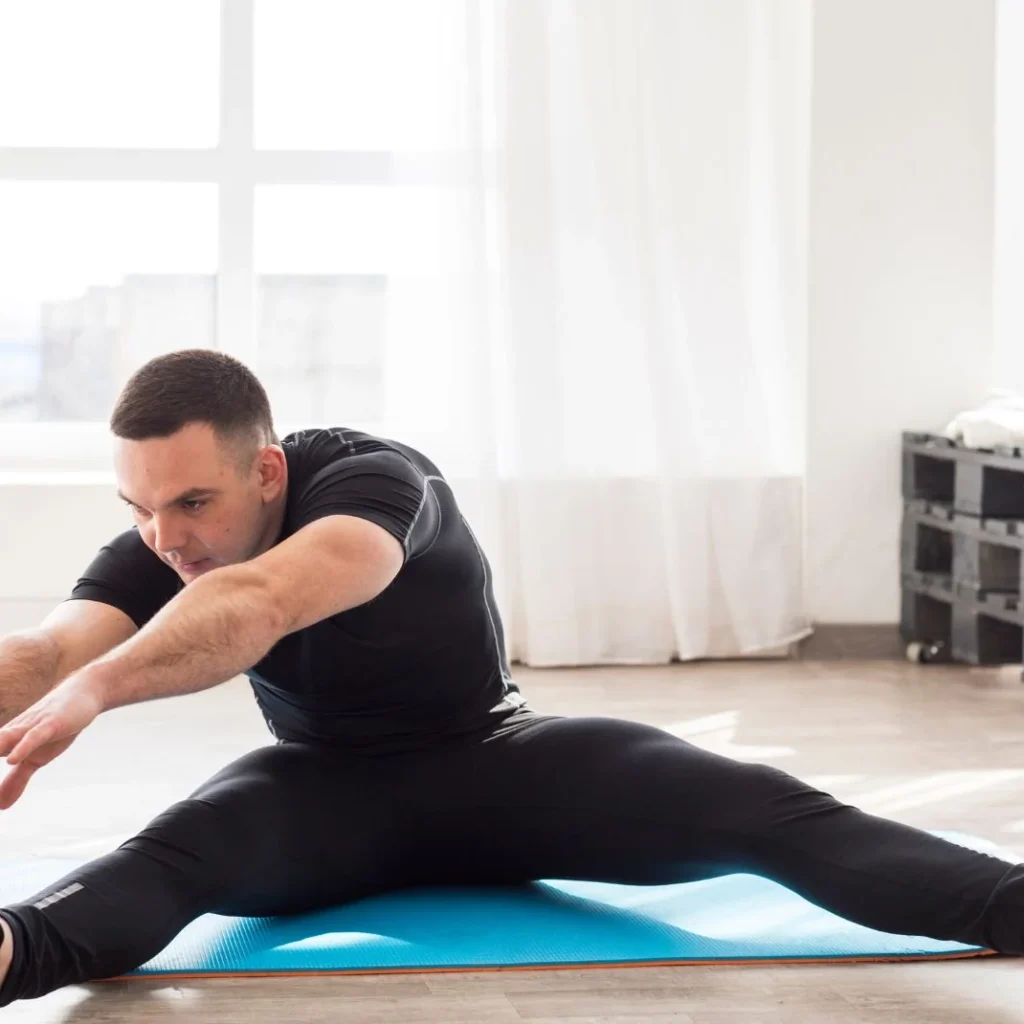
When torn, the gracilis muscle usually heals in 4-6 weeks when held up properly, but more serious instances may take longer to heal. Recovery includes:
- The use of rest and ice on the acute injury.
- Soft gracilis wisps his pains apart
- Strength training of neighbouring muscles.
- Massage of the soft tissues to release trigger points.
In cases that develop chronically, the gracilis syndrome can be experienced, where pain and the region of the groin become sensitive. Physiotherapy is advisable when symptoms persist beyond the normal time, and medical assessment is advisable in case of intense symptoms.
Gracilis and Related Muscles
The gracilis interacts closely with the adductor group (adductor longus, magnus, and brevis) and other hip stabilizers. Tension in these muscles can resemble gracilis pain, and stretching should therefore be involved in these areas as well.
Notably, the gracilis is often referred to as the honeymoon muscle because it is susceptible to being sore or strained during intimate activity, as it helps a person adduct their hips.
The muscle also contributes to knee flexion and therefore its help is needed to bend the knee with the assistance of the hamstrings. In athletes, gracilis flexibility is acceptable because this way, the piriformis muscle, another small yet significant hip stabilizer, will cooperate. When tight, the piriformis may radiate pain down the leg and induce sciatica, and worst still contribute to lower back pain. Stretching these two muscles will ease the pressure and increase their movement.
How to Permanently Loosen Tight Groin Muscles
To maintain the gracilis and surrounding groin muscles supple in the long term:

- Include Daily Stretching: Set some time on a DAILY basis to do gracilis stretches (no less than 10 minutes).
- Strength Training: Well-developed adductors help to prevent overuse injuries.
- Massage and Foam Rolling: Prevent adhesions and tightness.
- Move it Up: DonвЂTt sit daily; this shrinks inner thigh muscles.
- Hip Work: Straightens out the unnecessary strain that is placed on the hips.
It can be especially difficult to eliminate trigger points in the gracilis. To unwind these knots, massage therapy or self-massage with a ball against the wall or the floor is the best option.
Common Problems When Gracilis Is Tight
- Pain in the groin on running or kicking
- Dolorous aching of the inner thigh after a workout
- Poor mobility of the hips
- Seeping pain in the knee
- Pain that occurs when making lateral movements or when stretching
Those symptoms are common with tight glutes and piriformis, which can bring lower back pain when not treated. Hence, all hip stabilizers must be kept in balance by doing stretching and strengthening exercises.
Final Thoughts
The above Anatomy movement is the gracilis stretch and is a great, beneficial, easy-to-perform stretch that will keep the hip and groin pain-free. Stretching the groin muscle is a way of improving mobility and reducing groin stiffness or injury,y whether you are an athlete, office worker, or hobby enthusiast.
With a combination of stretching exercises, massage, and strengthening in the appropriate form, you will be able to maintain the health of the gracilis without the problems of contracture, syndrome, and recurring groin pain. As long as it is taken care of properly, a well-maintained gracilis helps serve day-to-day movement as well as performance in sports and activities that need agility and balance.
Be regular, pay attention to what your body needs, and the gracilis stretch must become a regular occurrence to you when it comes to your health and fitness regimen.
Frequently Asked Questions
1. How do you stretch the gracilis?
Controlled stretches such as the seated butterfly stretch, frog stretch, or side lunge are the best forms of performing the gracilis stretch. These stretches relax the inner thigh and stretch, but not tighten, the area as well as improve the easy movements of the hips.
2. Is a gracilis stretch helpful in all ranges of groin pain?
Yes. A common gracilis release will work the inner thigh/groin area by increasing blood flow, trigger point release, and decreasing stiffness. It is of great help to the athletes and individuals who live sedentary lives, often having groin tightness.
3. How frequently do you have a gracilis stretch?
It is best to perform a gracilis stretch 3- 5 days a week. Stretching on a daily basis is even better and particularly for those recovering from tightness, injury, or prolonged sitting down. Consistency is the determining factor of long-term flexibility and injury prevention.
4. Is stretching Is isocentricus stretch safe for beginners?
The gracilis stretch is safe even for beginner exercisers, so long as it is done carefully and using the right form. Proper beginners should also learn to avoid applying advanced stretching force, as it will only strain their muscles without any real effect. Slow and controlled stretching movements are advised at the beginning to help loosen the muscles.

